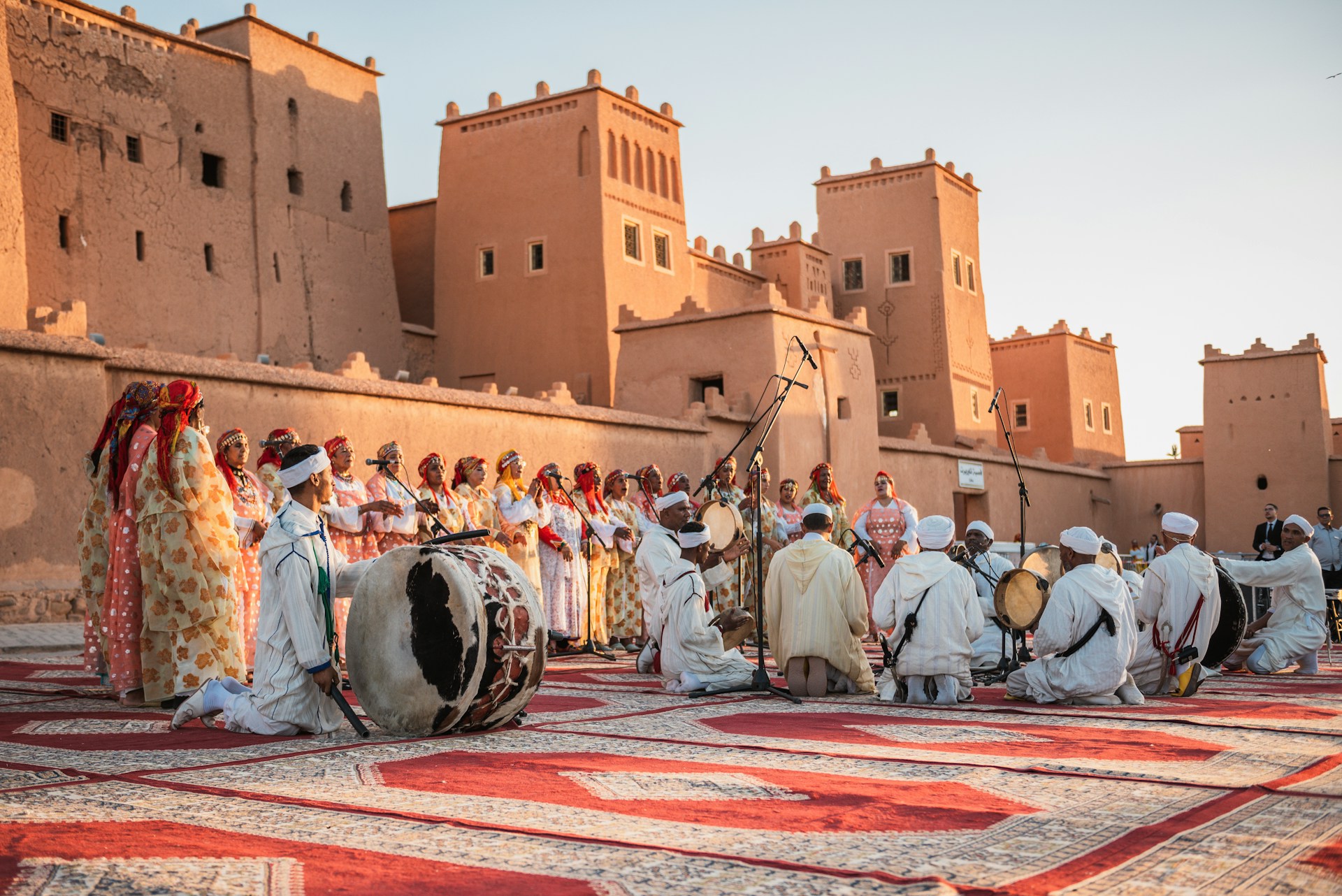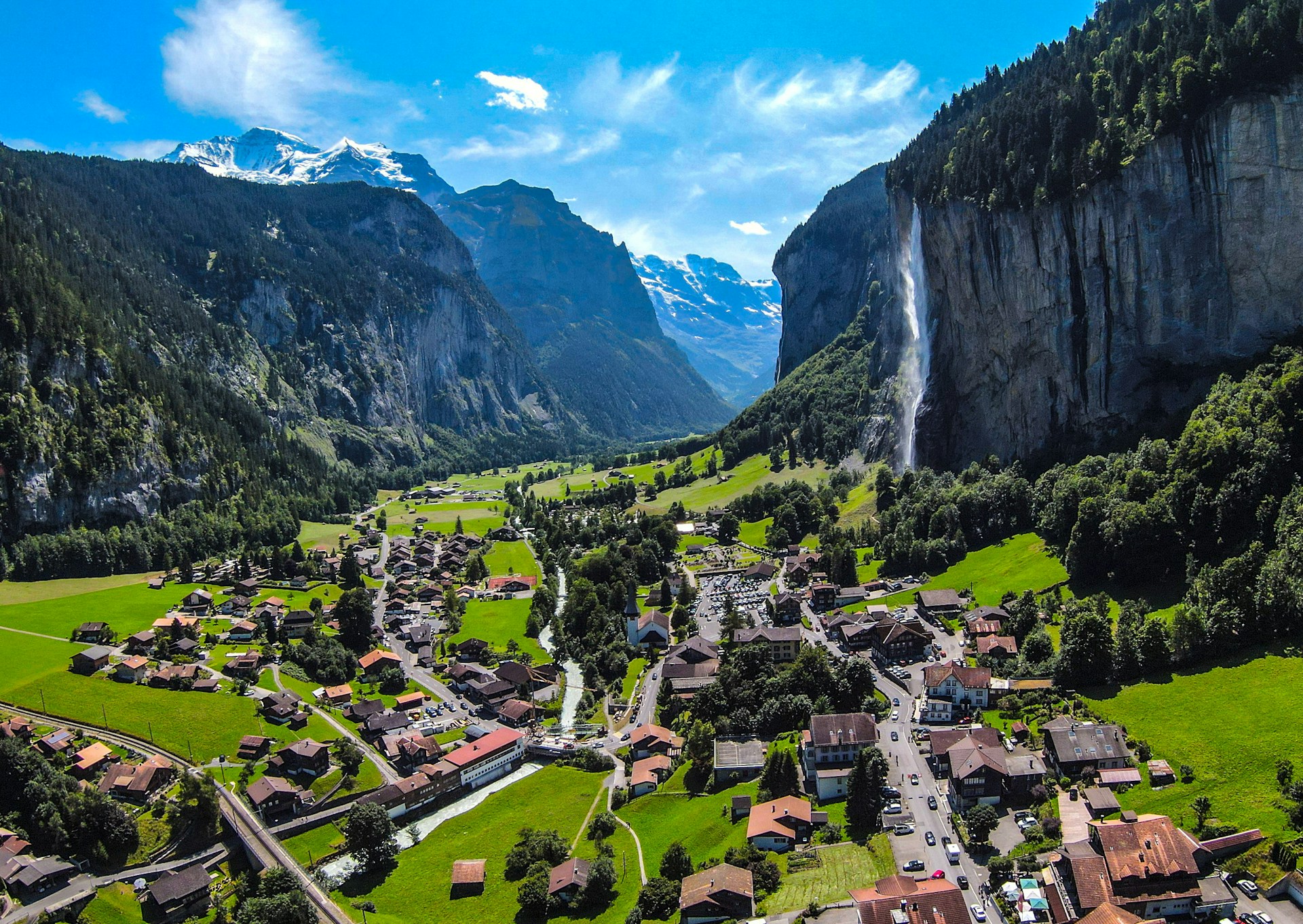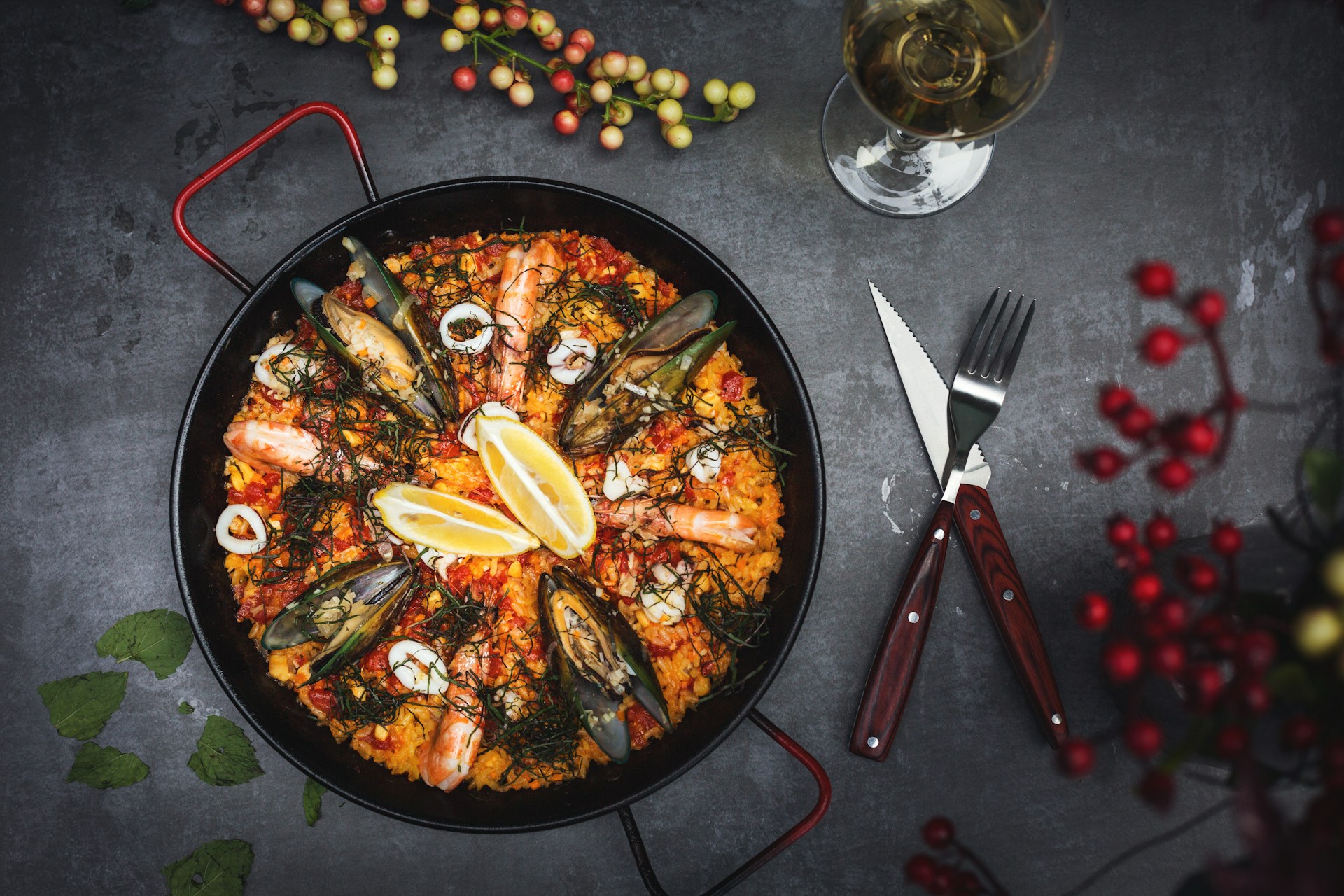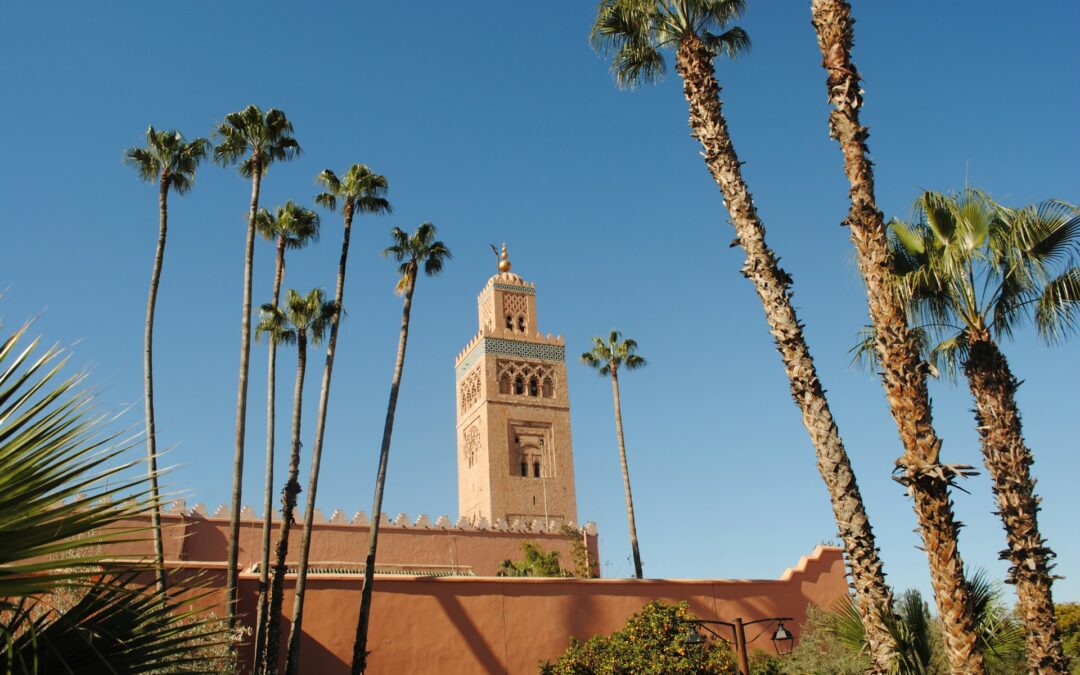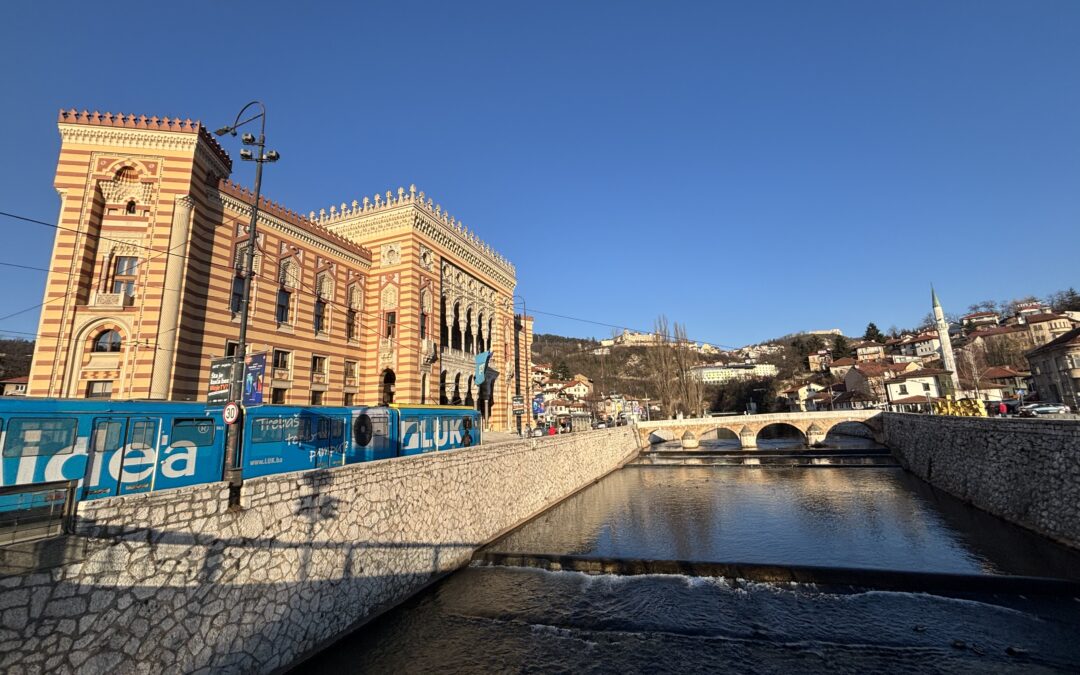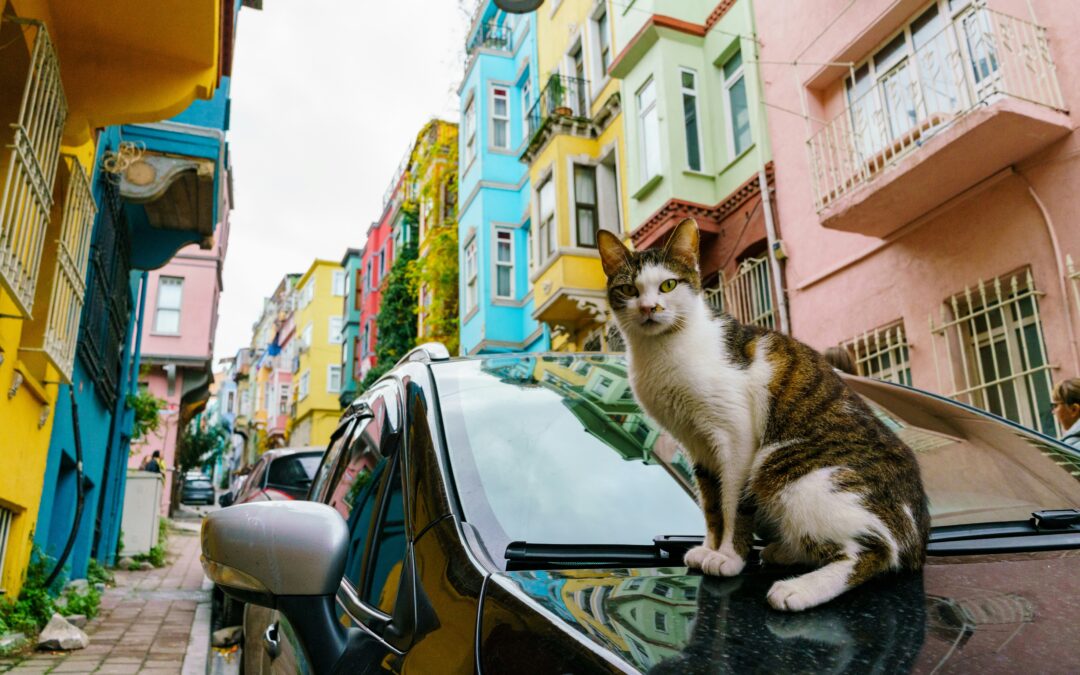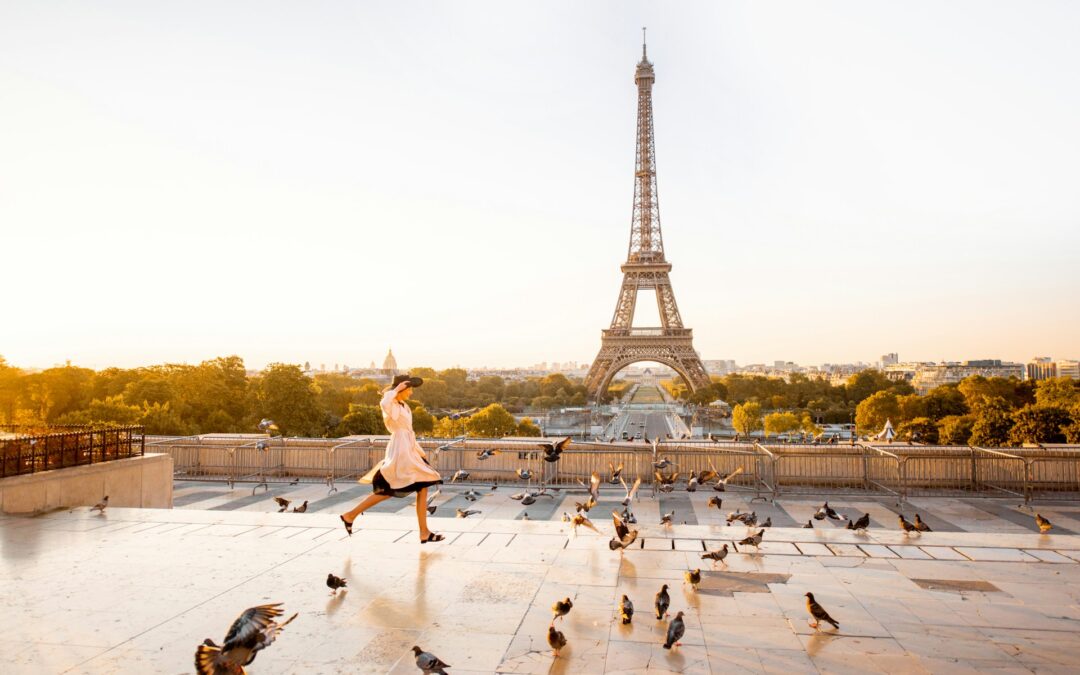Few foods are as instantly recognizable as the golden-brown pretzel. Twisted into its iconic knot, sprinkled with coarse salt, and served fresh from the oven, it is more than just a snack. In Bavaria and Austria, the pretzel (Brezn in Bavarian dialect) has a history that stretches back centuries, and today, it is a staple of the world’s biggest beer festival: Oktoberfest in Munich.
From monks to market stalls
The exact origin of the pretzel is wrapped in legend. One story tells of European monks in the early Middle Ages, who baked strips of dough into the shape of crossed arms in prayer. They gave these “little rewards” – pretiola in Latin – to children who memorized their prayers. The three holes of the pretzel were said to represent the Holy Trinity, turning a simple baked good into a spiritual symbol.
By the 12th century, pretzels were already widespread across German-speaking lands. They appeared in manuscripts and church carvings, often associated with Lent, because they were made without dairy or eggs. Over time, the humble bread evolved into the soft, salty pretzel we know today.
The Pretzel meets the Beer garden
In Bavaria, pretzels took on a new identity in the 19th century with the rise of the beer garden. Large, soft pretzels became the perfect snack to accompany cold steins of lager. Their chewy texture and saltiness balanced the bitterness of the beer, and they were big enough to share at long wooden tables under chestnut trees.
The pretzel became a symbol of Gemütlichkeit, that warm feeling of friendliness and togetherness so essential to Bavarian culture.
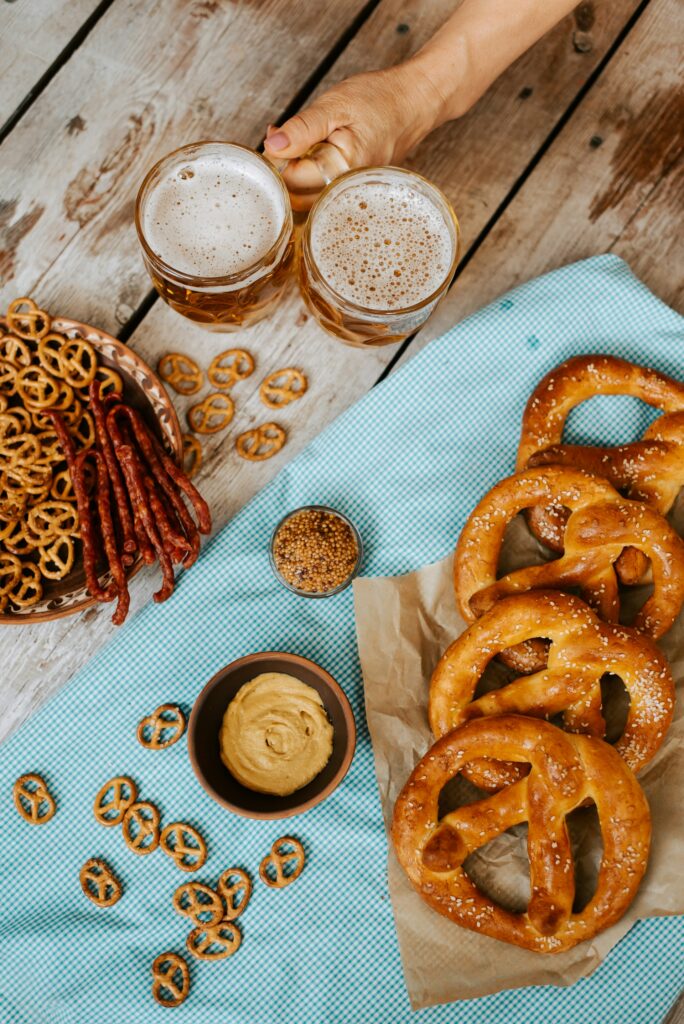
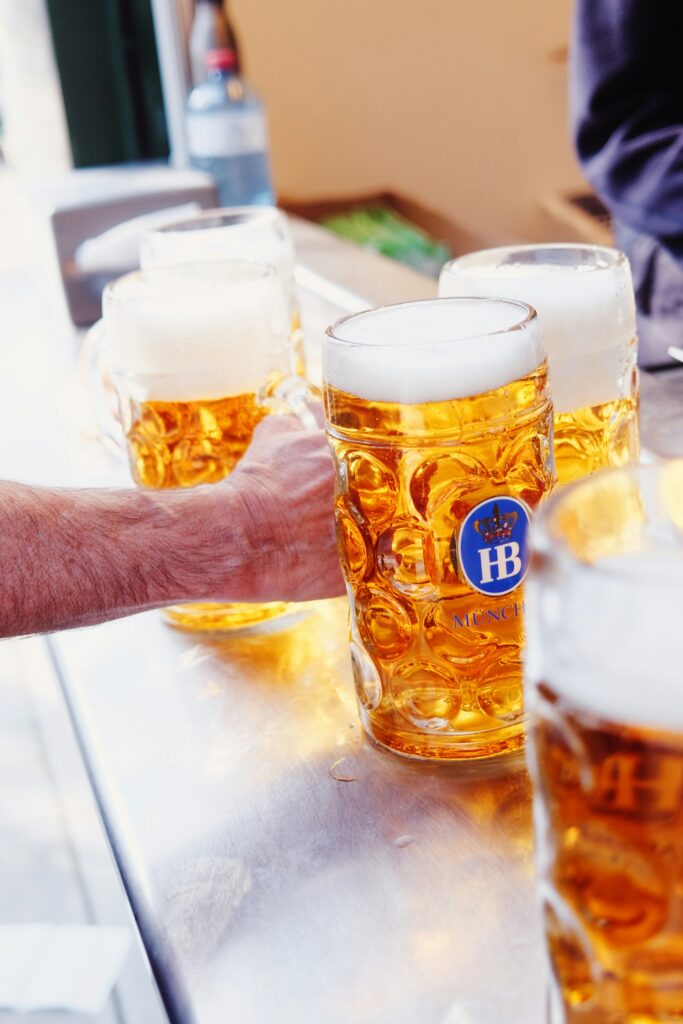
The star of Oktoberfest
When Oktoberfest began in Munich in 1810, it was a royal wedding celebration. Over two centuries later, it has grown into the world’s most famous beer festival, attracting millions of visitors each year. And what do most of those visitors hold in one hand while the other clutches a Maßkrug (one-liter beer stein)? A giant pretzel, of course.
Today’s Oktoberfest pretzels are massive, often larger than a dinner plate. They are baked to be soft inside, glossy outside, and sprinkled with just enough salt to make you crave another sip of beer. Paired with roast chicken, sausages, or cheese spreads like Obatzda, the pretzel has become not just a snack but an essential Oktoberfest experience.
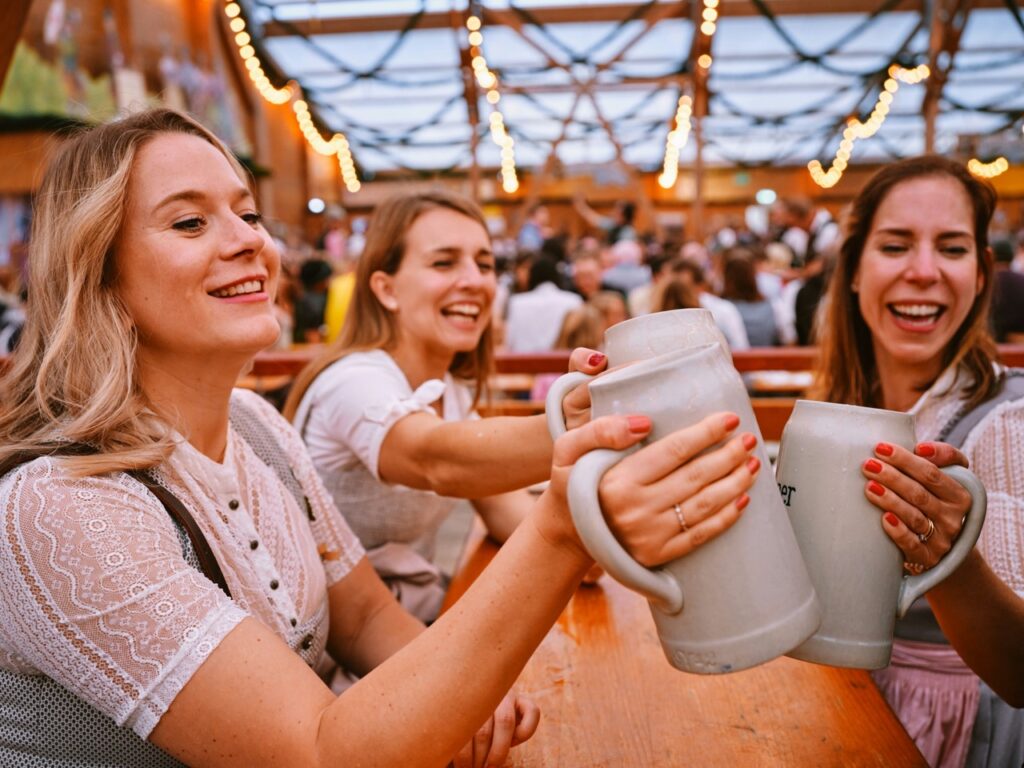
Travel tip: If you want to taste one of the best pretzels in Munich outside Oktoberfest, head to Hofbräuhaus, the city’s most famous beer hall, where pretzels are served by waitresses carrying enormous baskets. For a more local experience, try Café Frischhut near Viktualienmarkt – their freshly baked pretzels are legendary among Munich residents.
More than just a snack
The pretzel has traveled far beyond Bavaria, inspiring countless variations: American-style hard pretzels, chocolate-covered twists, and even gourmet pretzel burgers. But in Munich every autumn, its true spirit remains — a timeless companion to beer, celebration, and togetherness.
The next time you raise a glass at Oktoberfest, don’t forget to raise a pretzel too. It is more than bread. It is centuries of tradition, culture, and a symbol of Bavarian joy, baked into every twist.


